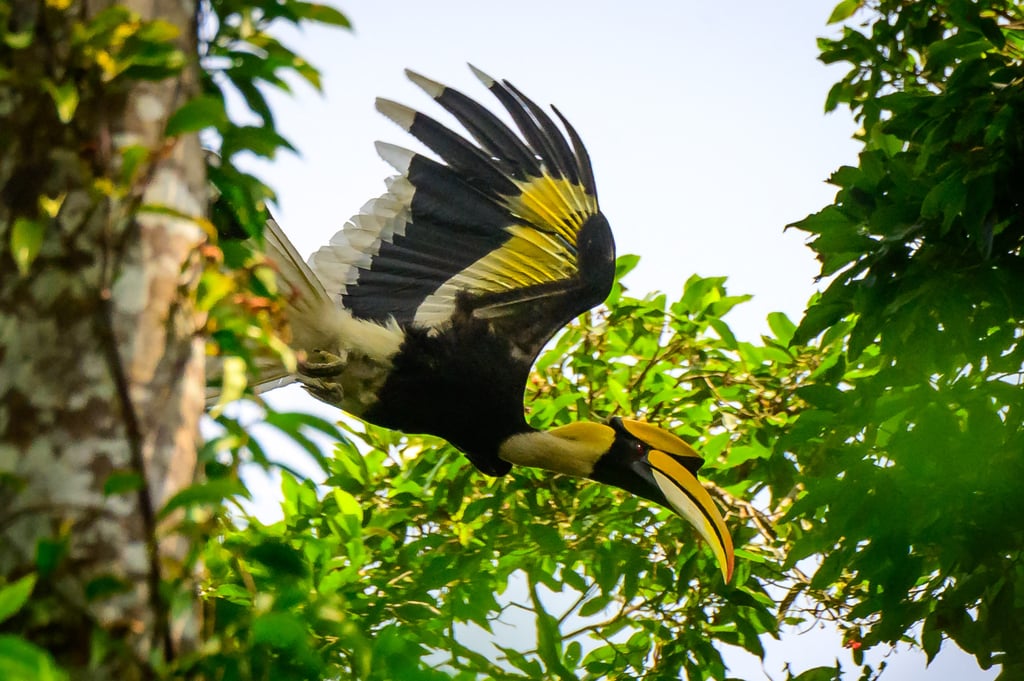Rainforest restoration creates wildlife corridors and preserves habitats in southern India, but it’s a never-ending task
- The rainforest on the Valparai plateau in India’s Western Ghats was cleared for tea and coffee plantations in the 19th century, leaving only fragments
- When these fragments started disappearing, an NGO began work to restore and link them, creating wildlife corridors that allow animals and people to coexist

Birdwatching, they say, is largely about waiting. But on this cool, sunny spring morning, as we trek through fragments of rainforest on a trail in southern India’s Western Ghats, it seems as if one particular bird is lying in wait for us.
Whipping out of the canopy, it is exquisite, with its curved beak and black, white and yellow wings.
The great pied hornbill is native to Valparai and there’s a story behind its continued presence here, a tale of scientists and ecologists who, for two decades, have been working to bring these mini-forests back to life.
Valparai is best described as an inhabited plateau in the Anamalai Hills. It is like the hole of a doughnut, surrounded by scrubland, grassland and pristine forests.

To the north lies the Anamalai Tiger Reserve and to the south the Indira Gandhi Wildlife Sanctuary and National Park, with its fine teak and rosewood trees.
The plateau, more than 1,000 metres (3,3000ft) above sea level, is home to a cluster of villages. Visitors must negotiate about 40 steep hairpin bends to reach the plateau from the plains.
